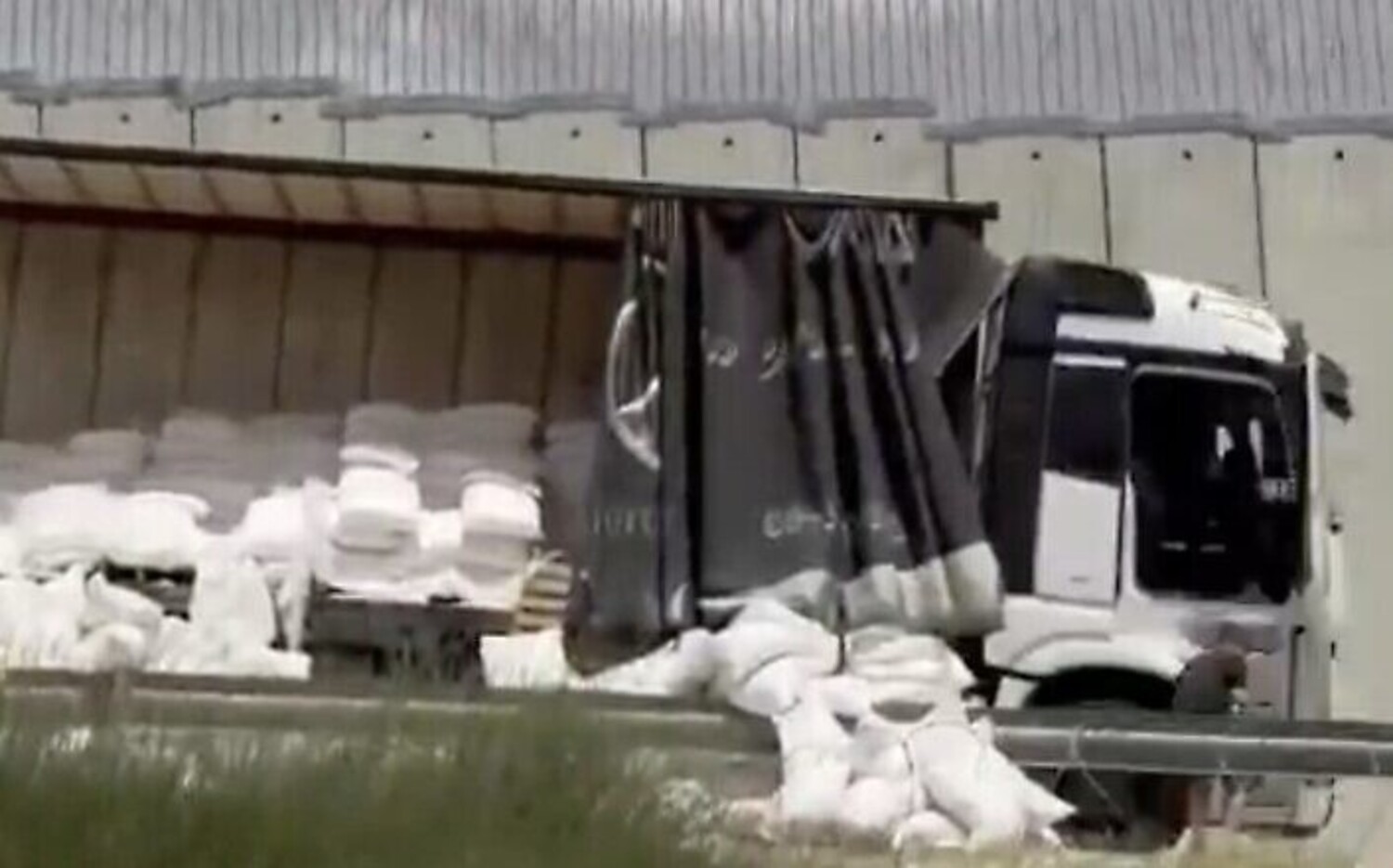China can now test launching weapons from aircraft traveling at hypersonic speeds in a powerful wind tunnel, helped by robotic arms.
Researchers at China's Aerodynamics Research and Development Center in Sichuan province have developed a new captive trajectory system (CTS) that holds an aircraft in place using robotic arms, according to the South China Morning Post, enabling them to test how the craft pitches and rolls in all possible directions at extremely high speeds, as well as how the high speeds affect the release of objects like missiles.
This gives them the ability to test a prototype hypersonic bomber, the newspaper said.
Hypersonic speeds are defined as exceeding Mach 5, or five times the speed of sound. China's wind tunnel technology is record-breaking, capable of generating wind speeds of up to Mach 33.

According to Interesting Engineering, previous wind tunnel technology used expensive and explosive hot hydrogen gas, which made construction and maintenance of wind tunnels like this costly and dangerous.
This design, however, used cheaper and inert high-pressure nitrogen gas to drive a piston to many hundred miles per hour, compressing air to generate hot and fast shock waves, simulating the conditions faced by aircraft at hypersonic speeds.
Chinese scientists announced in 2021 they were working on hypersonic unmanned drones capable of traveling at Mach 5. This comes as part of an arms race in hypersonic technology taking place between the U.S., Russia and China, with each attempting to develop faster aircraft and hypersonic missiles.
Captive trajectory systems have been around since the 1960s, using a small crane to move objects away from an aircraft in a wind tunnel to simulate the uncoupling of two objects at high speeds. However, this recent CTS development by Lin Jinzhou and the team at the China Aerodynamics Research and Development Center uses two robotic arms, which allows more mobility than the usual one.
"So far, the CTS tests available in other countries support one-body movement only. In the hypersonic range, there is no report of CTS being used at all," Lin and her colleagues told the South China Morning Post.
The shockwaves produced by the intense wind speeds in the tunnel are very powerful, meaning that the robotic arms had to both withstand the force of these shocks, but also keep a margin of error to below one micrometer, or 0.0000033 feet.
According to a paper published this week in the Chinese journal Acta Aerodynamica Sinica, this novel two-armed CTS allowed researchers to simulate offloading cargo at Mach 6 in a 3.3 foot wind tunnel, enabling them to measure how the aircraft and its released item behave at these extreme speeds.
"Whether the storage can be safely separated from the aircraft becomes a big problem," Lin said.
According to Lin, shock waves form between the hypersonic aircraft and the cargo it is separating from, which bounce back and forth between the two craft. This may cause the cargo to lose speed, change course and perhaps even collide with the aircraft.
This research is essential to furthering China's development of a two-stage transport system, which is hoped to reach anywhere on the planet in just an hour via a large hypersonic aircraft carrying a weapon—or vessel containing passengers—at extremely high speeds, then releasing the object at near-space altitudes. This would then allow the weapon or craft to glide across the world at high speeds, with minimal air resistance.
Uncommon Knowledge
Newsweek is committed to challenging conventional wisdom and finding connections in the search for common ground.
Newsweek is committed to challenging conventional wisdom and finding connections in the search for common ground.
About the writer
Jess Thomson is a Newsweek Science Reporter based in London UK. Her focus is reporting on science, technology and healthcare. ... Read more
To read how Newsweek uses AI as a newsroom tool, Click here.





